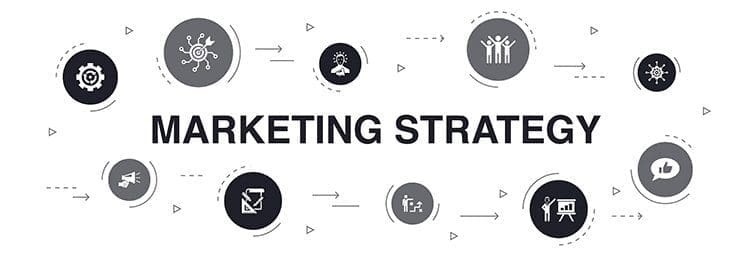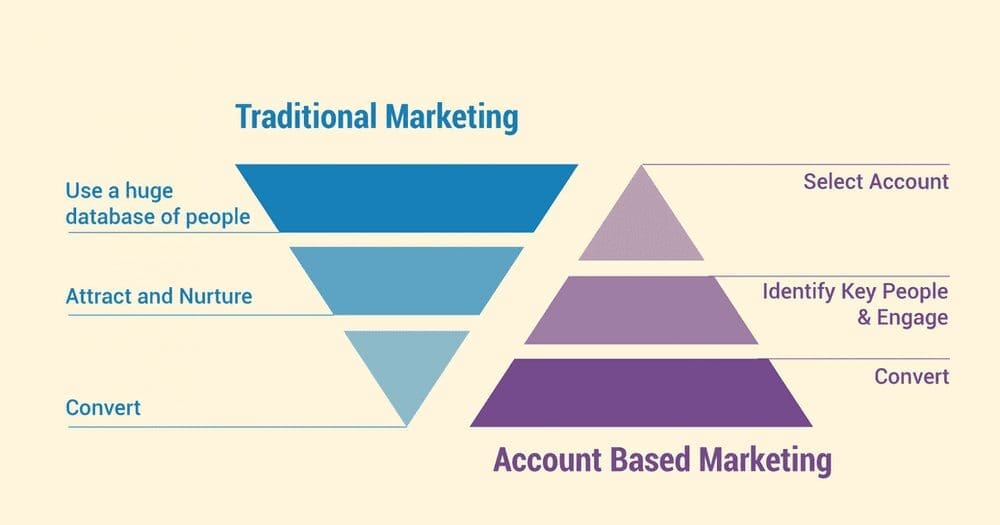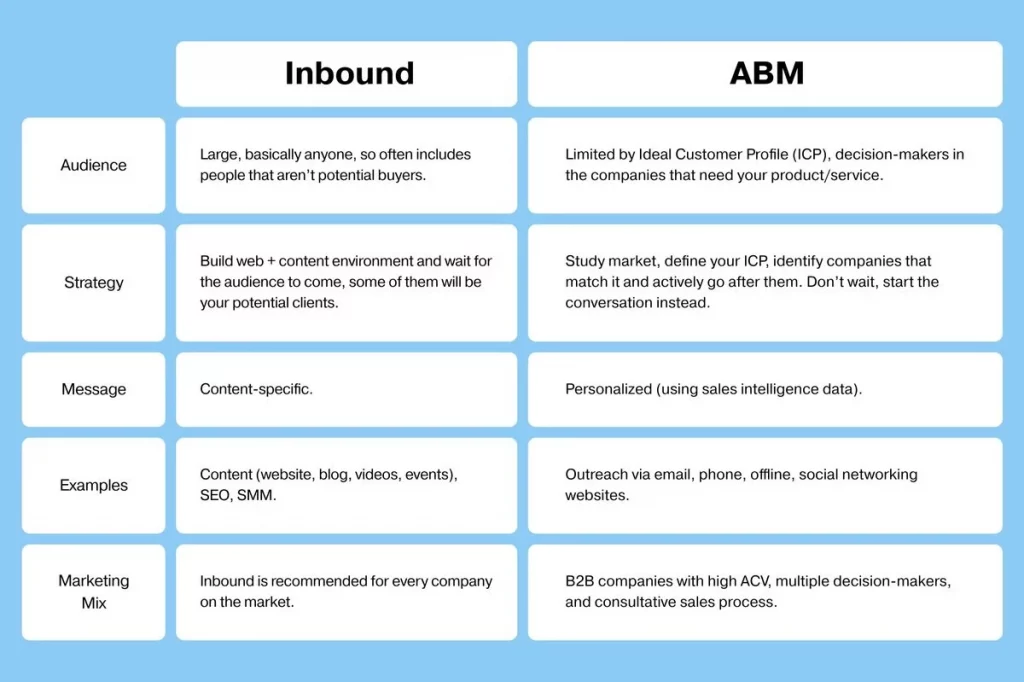Public Relations is a very important part of any marketing campaign. It’s the way you get your message out to the public, and it can be used for all sorts of purposes. In this section, we will cover how public relations strategies work and what they can do for you. We will also talk about some of the most common PR strategies that are used in modern day marketing campaigns.
Public relations strategies are used to spread information about products, services, or business in general. These public relations strategies can be very effective if they are carefully planned out and executed correctly. When creating a public relations strategy, you need to consider all the possible outcomes of your actions while considering who your target audience is. You also need to determine who will be responsible for putting the PR campaign into action, how it will be executed and what the overall goal of it is. Dedicating individuals as media contacts and for staff to direct all media requests to those individuals. By streamlining requests and activities it will ensure a consistent message that is part of the overall strategy.
The success of any PR campaign depends on determining exactly what these things are ahead of time. This ensures that everything goes smoothly during the execution phase which greatly increases the chances for success.
There are many different types of public relations strategies that can help you increase interest in your company. One of the most popular is the press release. Press releases are typically used to announce new products or new partnerships with other companies. Press releases are usually written in a way that grabs the reader’s attention and entices them to read it.
Here are some tips for writing a successful press release:
- Include important information at the top of the release so readers can quickly understand what it’s about.
- Add quotes from satisfied customers or experts in the field who have positive things to say about your product.
- Put key facts and numbers in headlines or bullet points but leave out irrelevant or unverified information.
- Write a release that grabs the reader’s attention and entices them to read it without making false promises.
- Share your press release to as many online channels as possible to ensure the widest reach possible.
In addition to distributing and editorial pitching on news releases, there are many other aspects of public relations.
- Media relations
- Community relations
- Corporate and social responsibility
- Public affairs
- Crisis management
- Employee relations
The most important thing to remember is that anything you do in public relations should be done with the goal of building awareness, generating interest, and increasing sales. It’s not just about getting press coverage; it’s about paving the way for growth.
Many businesses also use social media as a platform for public relations strategies. When used correctly social media can have benefits such as brand awareness, increased visibility of your products, customer engagement etc… Here are some tips on how to successfully incorporate social media into your public relations strategy
- Make sure every piece of content is consistent with your brand message, so people know who they’re engaging with and why.
- Continually optimize and adjust all content based on performance metrics like shares and likes.
- Monitor conversations about your brand on social media and engage with customers.
- Strategically integrate social sharing buttons to allow people to easily share content.
- Take advantage of using influencers in your industry so you can tap into their audience for greater visibility.
Marketing Strategies for the Future
The way marketers get information out is changing rapidly due to technology advancements, especially when it comes to marketing in media channels. These changes are creating new opportunities in markets that weren’t previously possible. According to a recent study by the World Federation of Advertisers, marketers will invest more in online advertising than TV advertising in 2017. This trend reflects how advancements in digital technology are allowing companies take the lead in fast paced marketing channels.
A lot of the new opportunities stem from the rise of programmatic technology. Programmatic advertising has allowed marketers to eliminate many of the middlemen in their companies and purchase ad space in real time at scale. This technology is already being used by prominent brands like Unilever, which spent over half a billion dollars on programmatic advertising in 2015.
Another recent trend that shows no signs of slowing down is the increase in content marketing. According to Content Marketing Institute, 85% of organizations are using some form of content marketing with 86% planning to use more this year. Additionally, consumers are spending an average of 3 hours per day consuming digital media. This means that there is a massive opportunity for companies to provide quality information through various outlets like blogs, social media, and online videos.
Lastly, the continuing growth of mobile technology means that marketers will continue to invest in mobile advertising. Mobile advertising is expected to reach $189 billion by 2020 with programmatic ads reaching $59 billion. This trend has allowed companies like Meta and Alphabet (to grow at an exponential rate due to their adherence of focusing on new product development.
Companies must adapt quickly to the changes occurring in the media landscape or risk becoming obsolete. However, it’s important not be overwhelmed when introduced to these new technologies as they can have a steep learning curve. This means being aware of what your company needs to do to stay competitive in your field. For example, if you’re not selling a product that most people purchase online then you should be focusing on marketing tactics that require less technological understanding.
As more companies are realizing the benefits of incorporating social media into their PR strategies, it’s important to stay on top of new marketing trends. It can be easy for marketers to get lost in all the new developments and forget how they should adapt quickly or risk becoming obsolete.
![]() 8THIRTYFOUR
on
August 19, 2022
8THIRTYFOUR
on
August 19, 2022



















